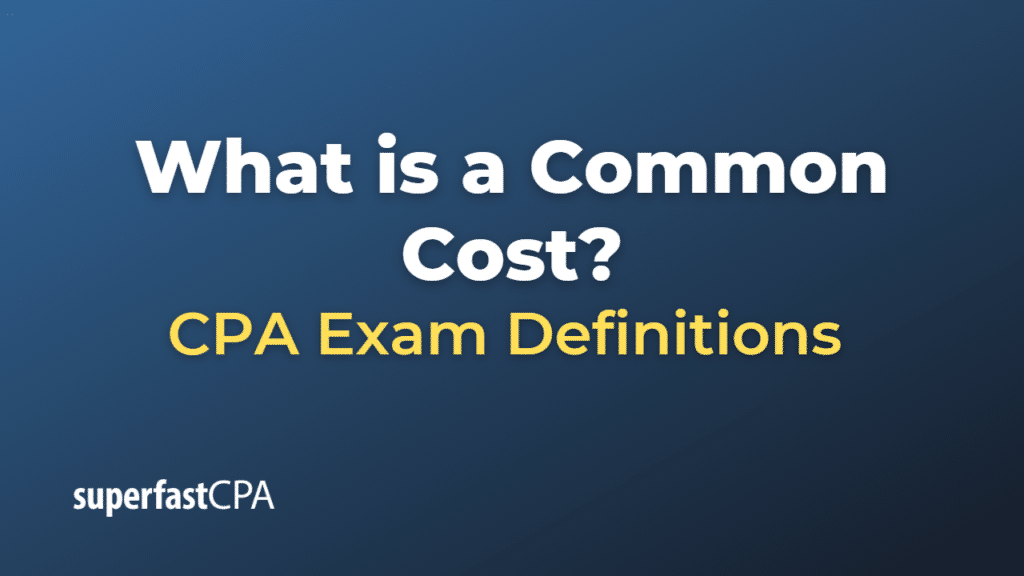Common Cost
A common cost, also known as a joint cost or shared cost, is an expense that is incurred by multiple products, services, or business units within an organization. These costs are generally associated with the production or operation of a shared resource, process, or facility that benefits multiple products or units simultaneously. Common costs are typically fixed costs, meaning they do not vary with the level of output or activity of individual products or units.
Allocating common costs among the products, services, or business units that benefit from them can be challenging, as it may not be straightforward to determine the proportion of the cost that should be attributed to each one. Various cost allocation methods can be used to distribute common costs, such as direct labor hours, machine hours, or units produced, depending on the nature of the cost and the business.
Examples of common costs include:
- Factory overhead: In a manufacturing facility that produces multiple products, costs such as utilities, maintenance, and depreciation of shared equipment are common costs, as they benefit all the products produced in the facility.
- Shared services: In a company with multiple business units, the costs of shared services, such as human resources, IT, or legal services, are common costs, as they support the operations of all the units.
- Joint production processes: In industries where multiple products are produced simultaneously from a single process or resource, the costs associated with that process are common costs. For example, in the petroleum industry, the costs of extracting and refining crude oil are common costs, as they result in the production of various products, such as gasoline, diesel, and jet fuel.
Understanding and managing common costs is important for businesses, as it helps them allocate resources more effectively, make informed decisions about product pricing and profitability, and evaluate the performance of different business units or product lines.
Example of a Common Cost
Let’s consider a hypothetical example to illustrate the concept of common costs in a manufacturing company.
Imagine that DEF Manufacturing produces two types of electronic devices: smartphones and tablets. Both products are produced in the same factory, using shared equipment, labor, and resources. Some of the costs associated with the production of smartphones and tablets are common costs, as they are incurred by both product lines. Here are a few examples:
- Factory overhead: The factory overhead costs, such as utilities (electricity, water, and gas), maintenance of the shared equipment, and depreciation of the machinery, are common costs, as they benefit both the smartphone and tablet production lines.
- Shared labor: The factory employs skilled technicians and assembly workers who work on both product lines. Their wages and benefits are common costs, as they contribute to the production of both smartphones and tablets.
- Quality control: The company has a quality control department that inspects and tests both smartphones and tablets to ensure they meet the required standards. The costs of the quality control department, including salaries, equipment, and materials, are common costs, as they apply to both product lines.
To allocate the common costs between the smartphone and tablet product lines, DEF Manufacturing may use various cost allocation methods, such as the number of units produced, direct labor hours, or machine hours. For example, if the company chooses to allocate common costs based on the number of units produced, and it produces 10,000 smartphones and 5,000 tablets in a given period, the common costs would be allocated in a 2:1 ratio.
This example demonstrates how common costs can arise in a business that produces multiple products or services using shared resources or processes. Properly allocating and managing common costs is important for making informed decisions about product pricing, resource allocation, and evaluating the performance of different business units or product lines.













